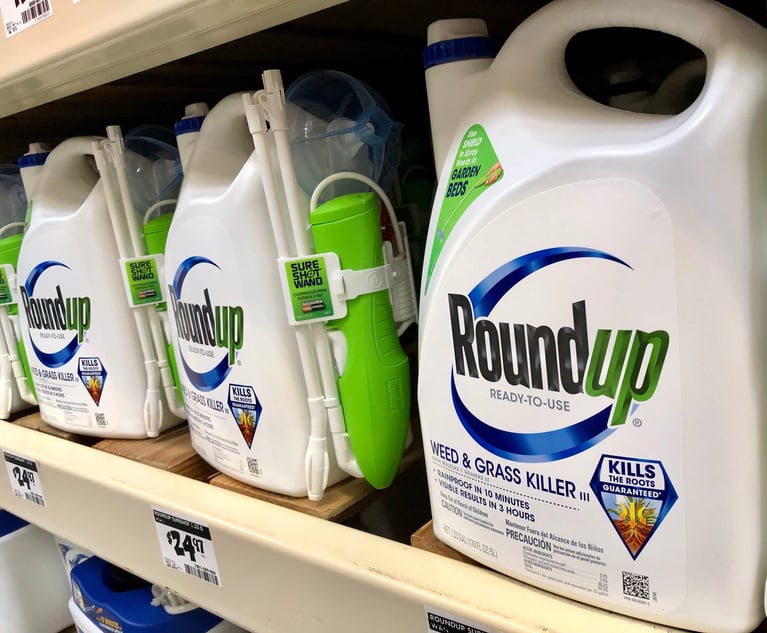As the April column in this series pointed out, the Infrastructure Investment and Jobs Act of 2021 reinstituted the Superfund chemical excise tax. Somehow, more than a few of our colleagues and clients have formed the expectation that environmental practitioners are the lawyers knowledgeable on this tax. Humoring them, I try here to provide a brief outline of how this tax works.
The original 1980 enactment of the federal Superfund statute, the Comprehensive, Environmental Response, Compensation and Liability Act, Pub. L. No. 96-510, 94 Stat. 2767 (Dec. 11, 1980), included a Title II titled the Hazardous Substance Response Revenue Act of 1980, 94 Stat. 2796. That statute imposed two excise taxes: on petroleum and petroleum products, 26 U.S.C. Sections 2611-12, and on taxable chemicals, 26 U.S.C. Sections 4661-62. In conjunction with the Superfund Amendments and Reauthorization Act of 1986, Congress extended the second excise tax to importation of “taxable substances” composed materially of taxable chemicals but manufactured outside the United States. In all cases, the amounts paid under the taxes went into the Hazardous Substance Response Superfund.
This content has been archived. It is available through our partners, LexisNexis® and Bloomberg Law.
To view this content, please continue to their sites.
Not a Lexis Subscriber?
Subscribe Now
Not a Bloomberg Law Subscriber?
Subscribe Now
LexisNexis® and Bloomberg Law are third party online distributors of the broad collection of current and archived versions of ALM's legal news publications. LexisNexis® and Bloomberg Law customers are able to access and use ALM's content, including content from the National Law Journal, The American Lawyer, Legaltech News, The New York Law Journal, and Corporate Counsel, as well as other sources of legal information.
For questions call 1-877-256-2472 or contact us at [email protected]


 David Mandelbaum, Greenberg Traurig.
David Mandelbaum, Greenberg Traurig.




